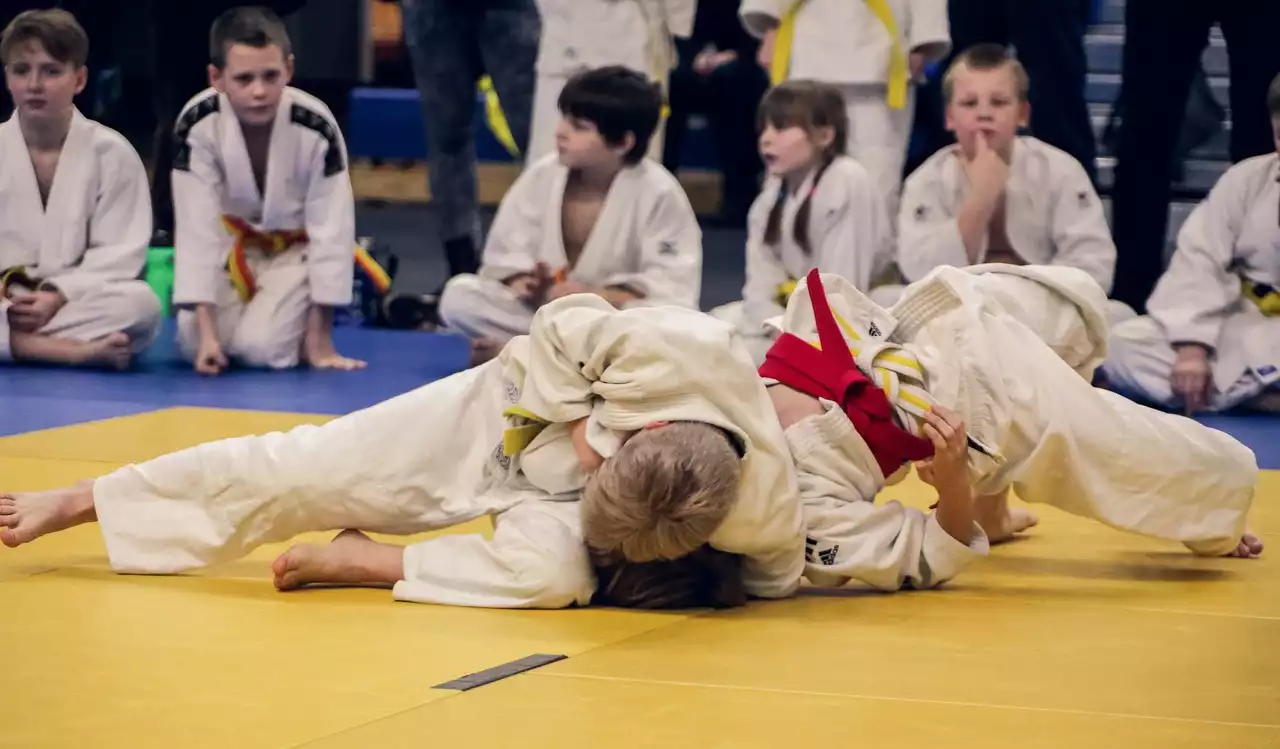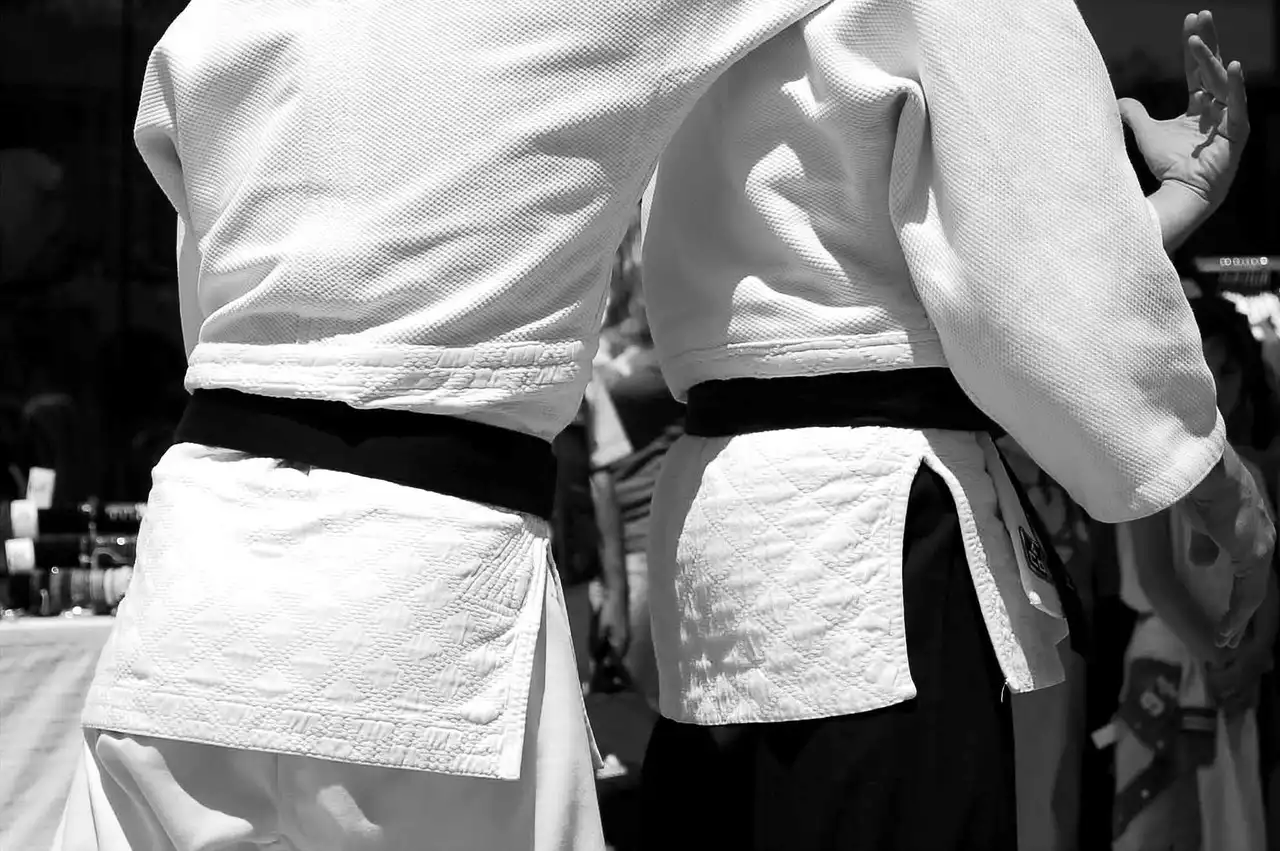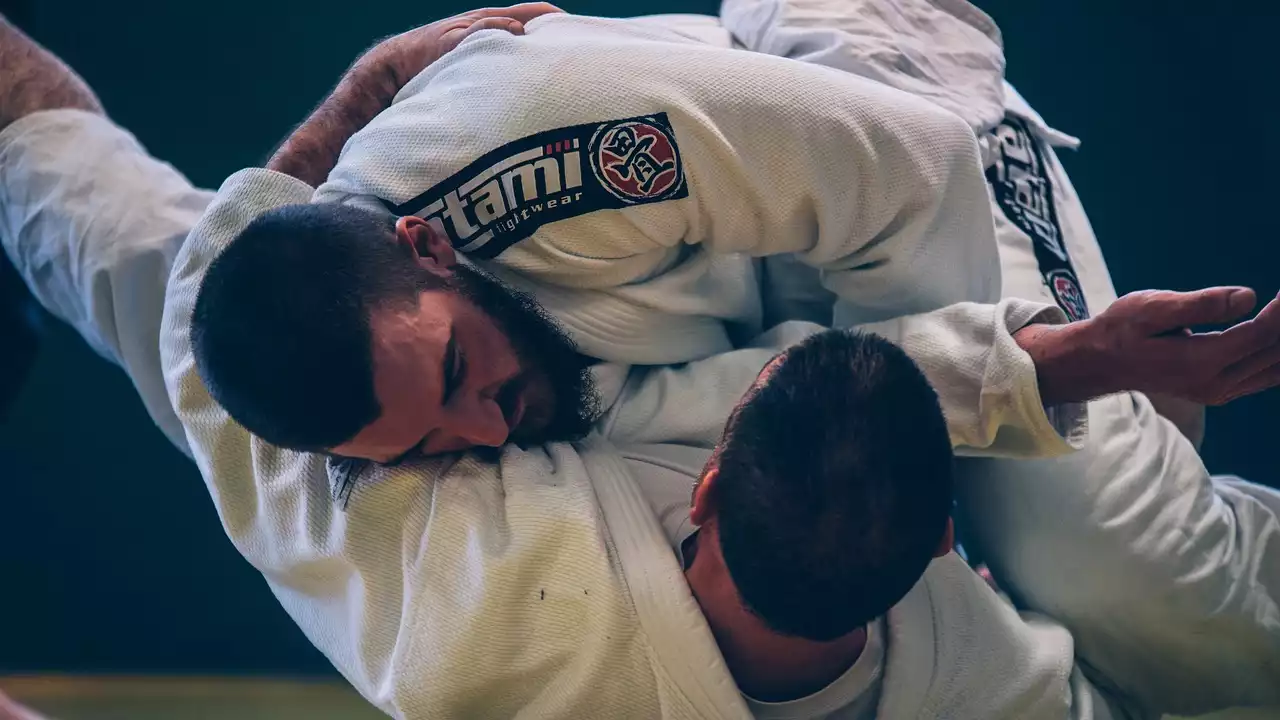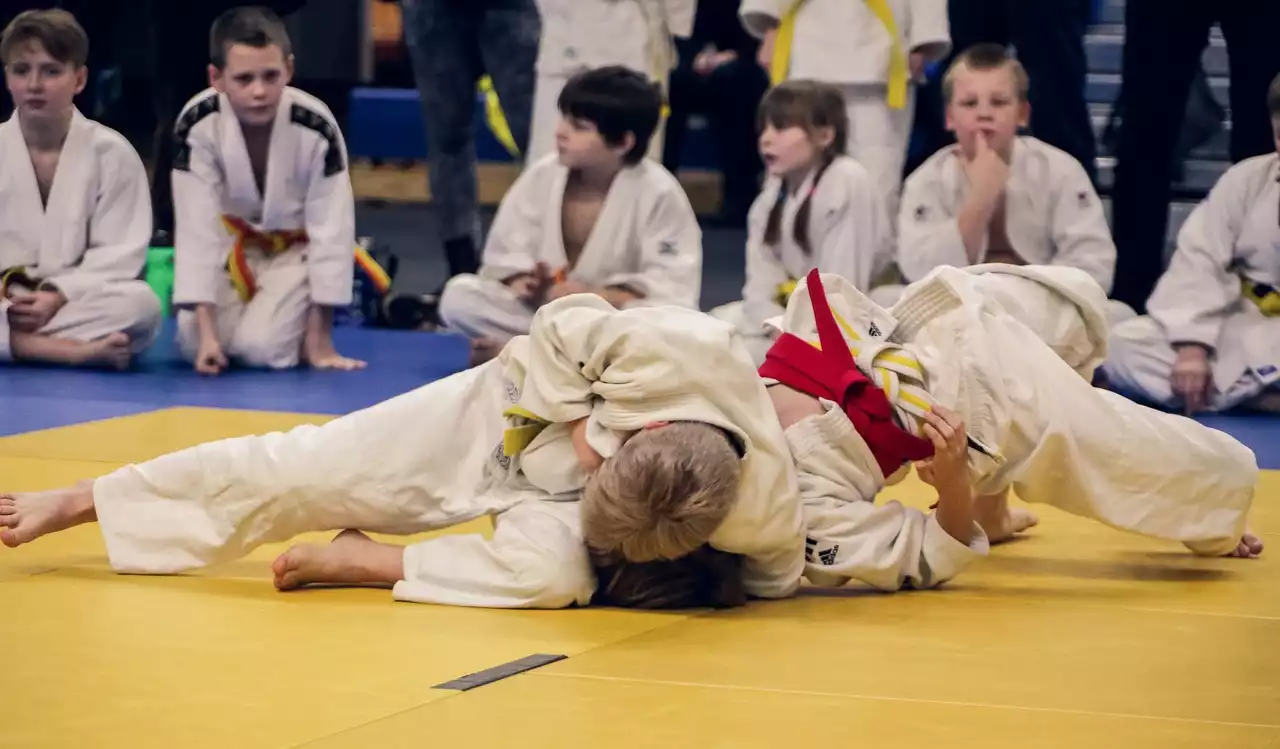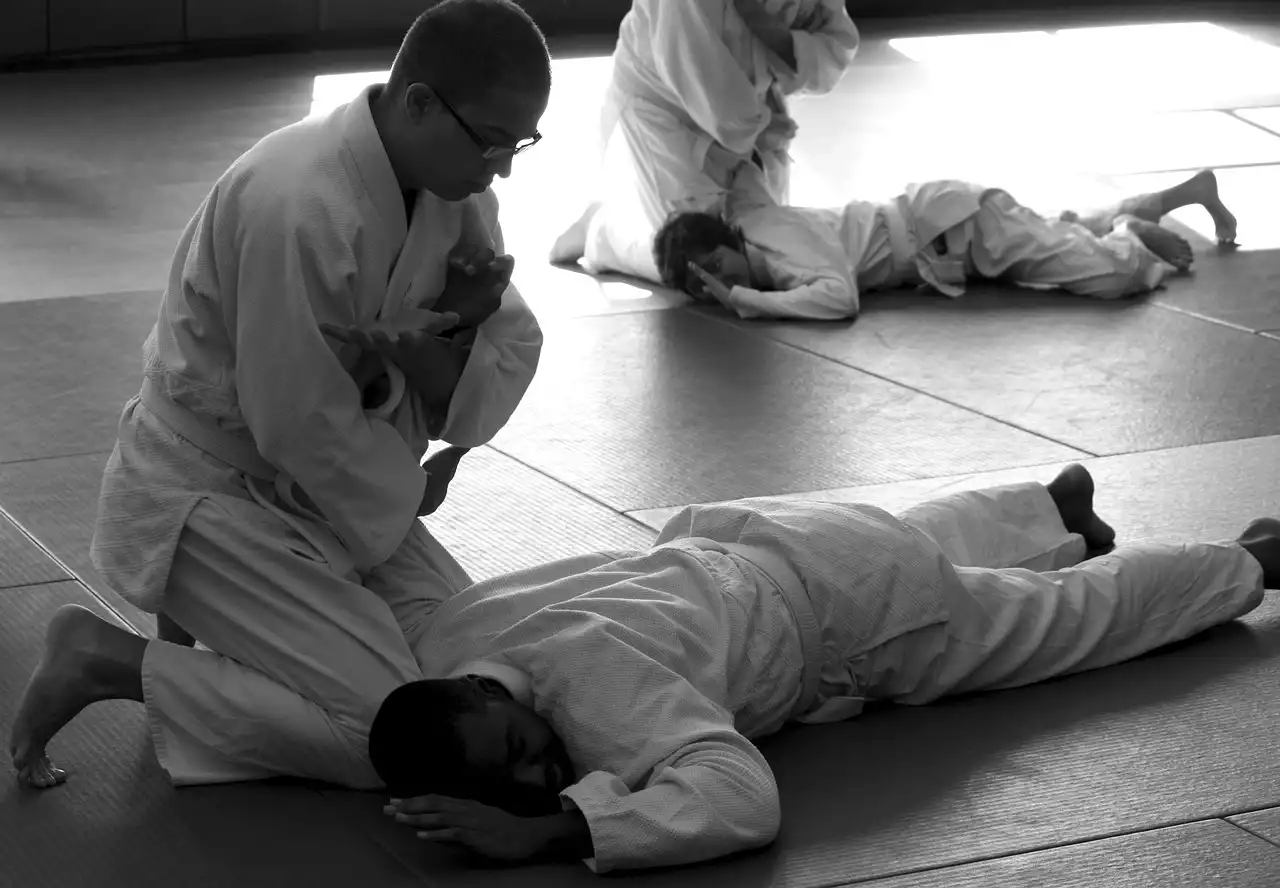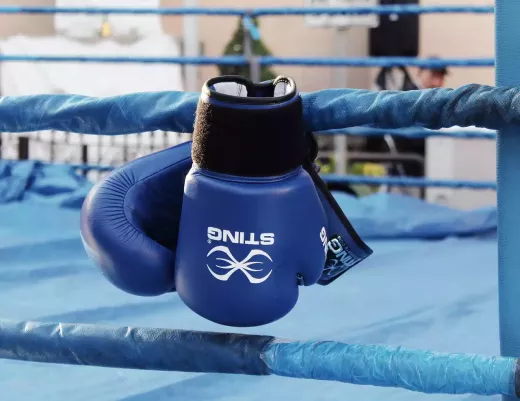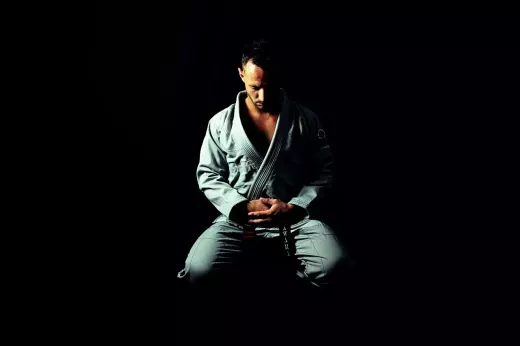Japanese words used in Judo
Judo is a martial art that originated in Japan, and as such, many of the words used in Judo are Japanese. Understanding these words is essential for any Judoka looking to improve their skills. Here are some of the most common Japanese words used in Judo:
Sensei – This is a term used to refer to a Judo instructor. It is a title of respect and is typically used to refer to someone who has achieved a high rank in Judo.
Dojo – This is the term used to refer to a Judo training hall. It is where Judoka come to practice their skills and learn from their Sensei.
Uke – This is the person who receives the techniques during training. In Judo, it is just as important to be a good Uke as it is to be a good Tori (the person executing the technique).
Tatami – This is the mat that is used in Judo. It is made of straw and provides a cushioned surface for Judoka to practice on.
Hajime– This is the Japanese word for "begin." It is used to start a match or a training session.
Mate – This is the Japanese word for "stop." It is used to bring a match or a training session to a pause.
Understanding these basic Japanese words is essential for any Judoka. It not only helps with communication during training, but it also shows respect for the roots of the sport.
Common dojo words
Basic Judo techniques and their terminology
Judo is known for its throws, locks, and chokes. These techniques are the foundation of the sport, and understanding their terminology is essential for any Judoka. Here are some of the most common basic Judo techniques and their terminology:
O-goshi– This is a hip throw that involves lifting the opponent and throwing them over your hip.
Seoi-nage – This is a shoulder throw that involves spinning the opponent around your body and throwing them over your shoulder.
Uchi-mata – This is an inner thigh throw that involves lifting the opponent and throwing them over your leg.
Kesa-gatame – This is a scarf hold that involves holding the opponent's head and arm in a scarf-like hold.
Juji-gatame – This is an armlock that involves locking the opponent's arm in a cross-like position.
These techniques are just a few of the basic techniques used in Judo. Each technique has its own terminology, and understanding these terms is essential for any Judoka looking to improve their skills.
Using Correct Judo Terminology | Riki Judo Dojo
Advanced Judo techniques and their terminology
Once a Judoka has mastered the basic techniques, they can move on to more advanced techniques. These techniques require a higher level of skill and can be more difficult to execute. Here are some of the most common advanced Judo techniques and their terminology:
Kouchi-gari– This is a foot sweep that involves sweeping the opponent's foot out from under them and throwing them to the ground.
Harai-goshi – This is a hip sweep that involves sweeping the opponent's leg out from under them and throwing them to the ground.
Ude-garami – This is an armlock that involves twisting the opponent's arm behind their back and applying pressure to their shoulder.
Kata-guruma – This is a shoulder wheel that involves lifting the opponent onto your back and spinning them around before throwing them to the ground.
Sode-tsuri-komi-goshi – This is a sleeve-lifting pulling hip throw that involves pulling the opponent's sleeve towards you and then throwing them over your hip.
These techniques require a high level of skill and understanding of Judo principles. Understanding the terminology associated with these techniques is essential for any Judoka looking to move beyond the basics.
Judo equipment terminology
In addition to understanding the terminology associated with Judo techniques, it is also important to understand the equipment used in Judo. Here are some of the most common pieces of Judo equipment and their terminology:
Gi– This is the traditional uniform worn in Judo. It consists of a jacket and pants.
Obi – This is the belt worn with the Gi. The color of the belt signifies the rank of the Judoka.
Zori – These are the sandals worn by Judoka to and from the dojo.
Judo mat – This is the mat used in Judo. It is made of foam and provides a cushioned surface for Judoka to practice on.
Understanding the terminology associated with Judo equipment is essential for any Judoka looking to purchase their own equipment or understand the equipment used in competition.
Judo competition terminology
Judo competitions are an essential part of the sport. Understanding the terminology associated with competition is essential for any Judoka looking to compete. Here are some of the most common terms used in Judo competitions:
Shiai – This is the Japanese word for "competition." It is used to refer to Judo competitions.
Ippon – This is the highest score that can be awarded in a Judo match. It is awarded for a clean throw or a submission.
Waza-ari – This is the second-highest score that can be awarded in a Judo match. It is awarded for a throw that is not quite an Ippon.
Yuko – This is the third-highest score that can be awarded in a Judo match. It is awarded for a throw that is not quite a Waza-ari.
Koka – This is the lowest score that can be awarded in a Judo match. It is awarded for a throw that is not quite a Yuko.
Understanding the terminology associated with Judo competitions is essential for any Judoka looking to compete at the highest level.
Judo rank terminology
Judo ranks are an essential part of the sport. They indicate a Judoka's level of skill and experience. Here are some of the most common Judo ranks and their terminology:
Kyu – This is the rank given to beginners. It is followed by a number indicating the level of skill.
Dan – This is the rank given to advanced Judoka. It is followed by a number indicating the level of skill.
Shodan – This is the first level of Dan rank. It is typically achieved after several years of training and indicates a high level of skill.
Nidan – This is the second level of Dan rank. It is typically achieved after several more years of training and indicates an even higher level of skill.
Godan – This is the fifth level of Dan rank. It is typically achieved after several decades of training and indicates a mastery of the sport.
Understanding the terminology associated with Judo ranks is essential for any Judoka looking to progress through the ranks and achieve mastery of the sport.
Judo history and the evolution of its terminology
Judo has a rich history that dates back centuries. The sport has evolved over time, and its terminology has evolved with it. Understanding the history of Judo and the evolution of its terminology is essential for any Judoka looking to gain a deeper understanding of the sport.
Judo was founded by Jigoro Kano in 1882. Kano was a student of Jujitsu, and he wanted to create a martial art that was both safe and effective. He developed Judo as a way to teach people how to defend themselves without causing unnecessary harm.
Over time, Judo has evolved into a sport that is practiced around the world. Its terminology has evolved as well, incorporating words from different languages and cultures. Today, understanding the terminology associated with Judo is essential for any Judoka looking to improve their skills and gain a deeper appreciation for the sport.
In conclusion, Judo is a fascinating martial art that requires a combination of strength, agility, and technique. Understanding the terminology associated with Judo is essential for any Judoka looking to improve their skills and gain a deeper understanding of the sport. From basic techniques to advanced moves, Judo has a rich vocabulary that reflects its history and evolution. Whether you are a beginner or an experienced Judoka, taking the time to learn the essential Judo terminology will help you achieve mastery of the sport.
